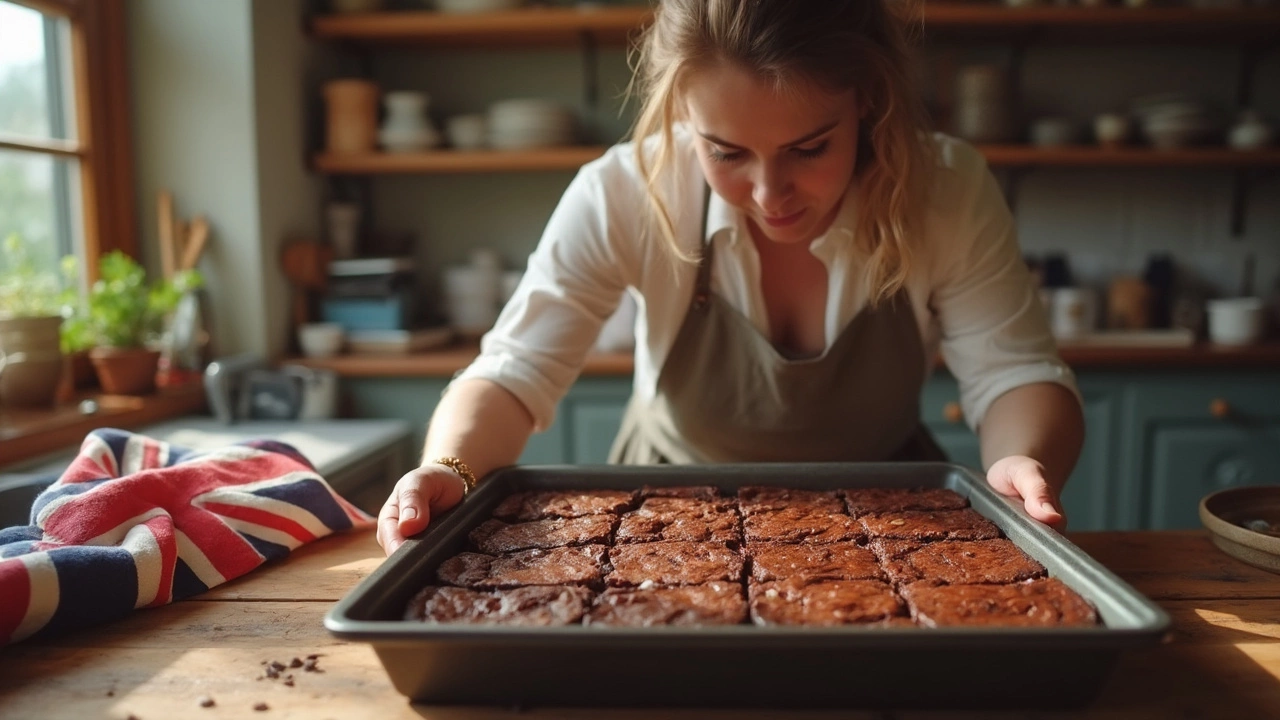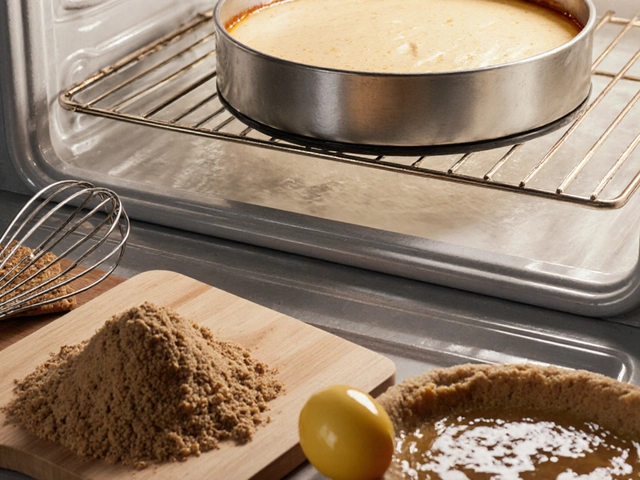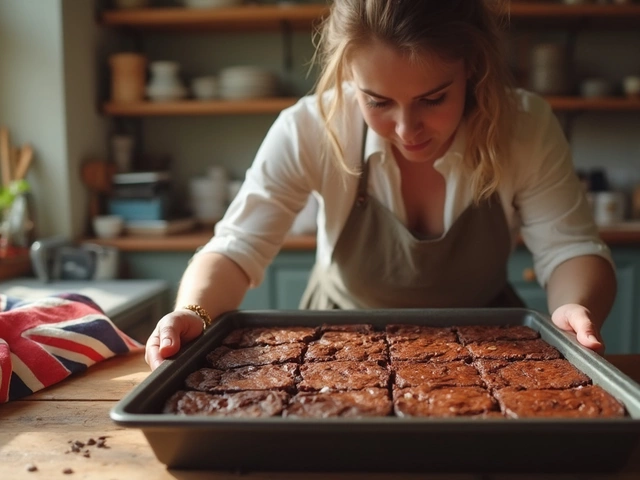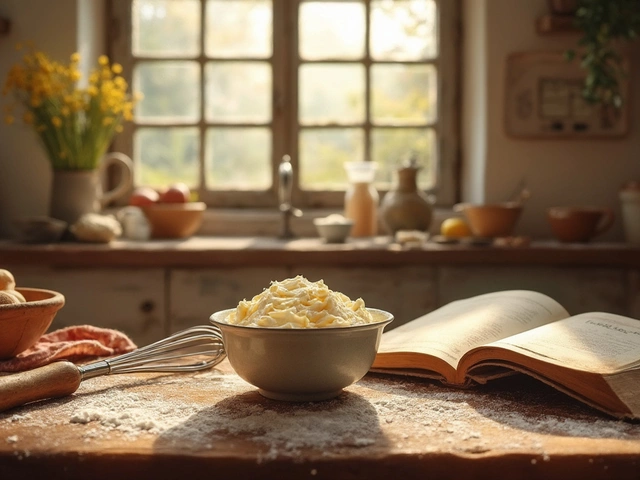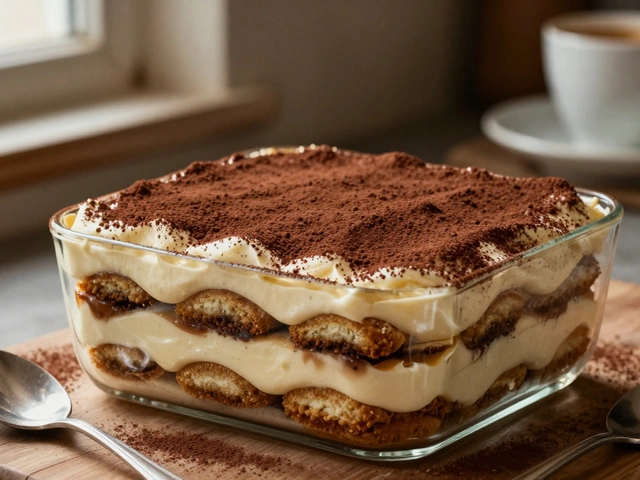Doneness Test: Quick Ways to Check if Your Bake Is Ready
Ever pull a tray out of the oven only to find the middle still gooey? Knowing when a bake is truly done saves you from soggy brownies or dry cupcakes. Below are the simplest tricks you can use with tools you already have.
Common Doneness Tests
Toothpick or cake tester. Insert it into the center of the product. If it comes out clean or with a few moist crumbs, it’s ready. For fudgy brownies, a few wet spots are okay – they should not be a runny batter.
Touch test. Lightly press the surface. A firm bounce back means most cakes and muffins are set. Soft, slightly springy tops on brownies indicate a fudgy texture, which is usually desired.
Internal temperature. Use a digital probe: 190°F (88°C) for most cakes, 200°F (93°C) for breads, and 165°F (74°C) for custard‑based desserts. This method removes guesswork, especially for larger loaves.
Visual cues. Look for edges pulling away from the pan, a crackled surface on brownies, or a golden‑brown top on cookies. These signs often line up with the other tests.
Tips for Accurate Results
Always let the oven fully preheat before sliding your pan in. A cold start can cause uneven rise and false toothpick readings.
Take the tester out at the minimum recommended bake time. If it’s still wet, give the bake another 2‑3 minutes and check again. This prevents over‑baking.
Rotate the pan halfway through cooking. Hot spots can make one side appear done while the other stays undercooked.
For thick brownies, sketch a quick cross‑section with a thin knife after the toothpick test. You’ll see a slightly soft center that stays moist without raw batter.
Store your baked goods properly after testing. Cool on a wire rack, then wrap or box to keep texture intact.
By using these straightforward doneness tests, you’ll stop guessing and start serving perfect brownies, cakes, and more every time. Grab a toothpick, a quick press, or a thermometer and bake with confidence!
